Learn how to garden in winter both indoors and outdoors, even if you live in a cold climate.
Just because it's cold outside doesn't mean you can't grow vegetables.
In fact, some vegetables taste better when grown during the winter.
Growing a garden during the winter months is the best way to make sure that you have a sufficient supply of fresh vegetables ready to harvest even if it is the weather outside if frightful.
How To Garden In Winter Indoors
Most cold tolerant winter plants won't mind the colder weather winter, however some varieties a little need extra protection from the cold weather to help them thrive..
It is possible to grow these plants in pots, boxes or grow bags indoors.
The best place to grow a winter garden indoors is a conservatory or in an unheated greenhouse, however if you don't have access to either one, try a sunny window in your apartment or home.
Or turn your basement into a grow room.
Some plants need more light than the winter sun can offer, even if you do have a greenhouse or conservatory, however it is easy enough to supplement natural light with grow lights.
For those growing in a basement or indoors, the addition of a grow light or two is necessary to keep the plants producing.
Here are some of the vegetables that require a minimum amount of light to give you prolific harvest and do not need a large growing area.
Carrots And Radishes
Both carrots and radish grow well in boxes, pans and pots when planted in well-draining soil.
Carrots can grow a lot longer than a radish, so to prevent a possible issue with your container not being deep enough, choose a smaller, round variety of carrot such as Romeo.
Make sure the container of radishes or carrots receive at least four to five hours of sunlight or its grow light equivalent each day so the plants develop properly.
Sow seeds for both of these plants from early fall through late winter.
Most varieties of radish are ready to harvest 21 to 25 days after planting.
Carrots need a longer growing time and often are not ready to harvest until two to four months after being planted.
For those who want to grow carrots and radish over the winter, but do not want to grow them indoors, it is possible to grow both carrots and radish outdoors inside of a cold frame during the winter months.
Beans And Peas
Seeds of beans and peas are easy to grow in pots provided you have some type of trellis for the vines to grow on.
Bush beans are the best choice to grow indoors, but be aware, even bush beans will vine if given the chance.
Peas prefer cooler temperatures, so grow these in a cooler area indoors.
Both of these plants must flower before they are able to produce and they do self pollinate.
The amount of time from planting to harvest varies depending on the variety.
A typical time frame is two to three months after planting.
Mushrooms
Growing mushrooms year round is very easy.
For those who are new to growing mushrooms, start with a ready-made mushroom growing kit.
However, if you are an experienced grower, you can prepare your own bags or make a special compost bed and plant the mushroom sprawn.
Whatever method you use, water the medium well and kept the container in a cool, dark place.
The ideal temperature for mushrooms to fully develop is 50 to 60 degrees Fahrenheit.
The best place to grow mushrooms indoors in the winter is a basement if you have one in your home.
Potatoes
For those without outdoor growing space, potatoes can be grown indoors in sacks or large pots.
Fill pots with compost and well-draining potting mix, then plant the sprouted tubers.
Provide the growing potatoes with five to six hours of sunlight a day or its equivalent in grow light to have successful yield.
For those who do have outdoor growing space, planting potatoes in late summer or even as late as the last week in December is a better option.
To grow potatoes over the winter it is important to make sure they are planted deep enough.
Here is how to do that.
- Dig a trench two shovel blades deep.
- Place an inch of dried leaves, straw from a chicken coop or goat stall or dried grass in the bottom of the trench.
- Place the sprouted potatoes on top of the dried material.
- Cover them completely with more of the dry material.
- Place an inch or two of soil on top of the dried material.
- Cover the top of the trench with row cover or plastic making sure to place blocks, bricks or other material on top of the row cover or plastic so it does not blow away.
- Check the potatoes from time to time and once you see new growth, cover that growth with soil. It is very important to keep potatoes growing under the soils surface.
- Once the potatoes start to flower you can either let them flower, allow the vines to die back and then harvest the potatoes or cut the flowers off and keep them growing until they flower for a second time. Once they have flowered twice, let them complete their life cycle and harvest the potatoes.
Potatoes planted in late summer or early fall might be ready to harvest sometime during late winter, depending on how much they grew.
Potatoes planted by the end of December are ready to harvest at the end of May or the first of June.
How To Garden In Winter Outdoors
Growing plants outdoors during winter is a bit challenging but it is possible.
It is important to read the seed packages carefully and choose varieties that are cold-tolerant.
One of my favorite places to find varieties that are ideal for winter growing is Johnny's Selected Seeds.
Once I buy the seeds and figure out which ones thrive in my area, I allow those plants to go to seed the following year and harvest the seeds.
This helps me make sure I am growing varieties that do well in my garden during the winter months.
The reason for this is because these varieties have survived, adapted to the local environmental conditions and survived any potential pests that managed to survive the winter weather here.
It is important to purchase heirloom, open pollinated seeds, however because it is against the law to save seeds from any type of GMO seeds.
It is also important to note that saving seeds from hybrids does not guarantee the plants you grow the next time are going to be the same.
Here are some examples.
Onions
This is considered the most resilient type of vegetables because most varieties can withstand temperatures of -64 degrees Fahrenheit.
Onions also thrive in less than ideal growing conditions.
In my high tunnel I have forgotten to harvest the onions, left them in the ground all summer and had them return the following fall.
Chervil And Oregano
These herbs prefer cooler weather and can easily withstand winter frost.
Chervil is used as garnish for variety of salads while oregano is used as a spice, especially in Italian foods.
Of course, these are not the only herbs that continue to grow outdoors during the winter months.
I have seen cilantro, celery leaf, mint and many other herbs last well into the winter without protection.
Salad Greens
Lettuce is one of the easiest winter crops to grow inside a cold frame or high tunnel.
It is tender and flavorful with no bitterness at all.
Other types of leafy vegetables that do well in the winter garden include endives, golden purslane, land cress, Swiss chard and mizuna greens.
It is important to cover the salad greens with row covers even though the crops are being grown inside a cold frame of high tunnel.
Make sure the row cover does not touch the plant material though.
It is best to wait until sometime between 1pm and 3pm to open the cold frame to harvest the salad greens.
The reason for this is if you try to harvest the salad greens too early in the morning they will appear to be damaged by frost.
Once the temperatures inside the cold frame or high tunnel heat up, the salad greens spring back to life.
If you wait too late in the day to harvest your crops, the heat inside the cold frame or tunnel house escapes and then it is hard for nature to quickly replenish that heat to keep the crops warm through the night.
Final Thoughts About How To Garden In Winter
Gardening in the winter is something I really enjoy even though I don't care for the colder weather or the snow.
Nothing compares to walking into a high tunnel to harvest growing vegetables when there is snow on the ground outside.
Of course, I have also grown many vegetable plants in pots indoors even when I lived in an apartment.
It takes patience and work, but it is doable.
This is a great way to save money on your winter grocery bill as well.
I hope you will give it a try and let me know how it turned out.
Questions?
Comments?
Leave them below!
With a little protection is is possible to have a year-round garden, even in a cold climate.
Gardening during the winter months has many advantages such as no pests plus the ability to harvest fresh cool season crops from your own garden instead of buying them at the store and paying a premium price.
Want know more?
Than check out The Complete Idiot's Guide To Year-Round Gardening by Sheri Ann Richerson and Delilah Smittle.
Planting Your Garden
How Much To Plant In Your Garden
This article will help you figure out how much to plant in your garden depending on your family's size and whether you want to preserve the food or not.
When to Plant in Spring: Early Season Garden Tips
Know when to plant in spring by using these early garden season tips. These tips will allow you to get a head start on your vegetable garden.
Benefits Of Container Gardening During Changeable Weather Conditions
Changeable weather conditions certainly impacts gardeners who wish to grow their plants in the ground, but there is a solution. Learn about the benefits of container gardening and how it can help gardeners deal with climate change!
How To Grow Tomatoes
Learn how to grow tomatoes and how to plant tomatoes in a garden. Growing great tomatoes is easy if you follow a few simple steps.
Mastering Sweet Potato Gardening: How to Plant Sweet Potato Plants
Unlock the secrets of successful gardening with our guide on how to plant sweet potato plants for a bountiful harvest!
Gardening Tips For Beginners
These gardening tips for beginners will help you get your first garden started right. Tips on gardening planning, caring for bareroot plants and more.
How To Make Compost At Home
Learn how to make compost at home using materials you already have on hand and are likely to throw into the trash and send to the local landfill.
Control Tomato Pests With These Organic Gardening Tips
These organic gardening tips for controlling pests on tomato plants help you identify, control and get rid of the problem without the use of organic pesticides in most cases.
How To Combat Blossom End Rot
Wondering what to do about tomatoes with brown spots on the bottom of them? Learn how to combat blossom end rot, a common problem many gardeners encounter.
Save Money! Harvest Free Vegetables Year-Round In Any Climate!
Garden tips for beginners - and advanced gardeners alike - that are sure to help save money. These gardening tips are about more than just plant care!
Vegetable Growing Realities: More Than Economic Benefits
When it comes to the facts of vegetable growing realities, there are more reasons than just the economic benefits for doing it.
Outsmart Frost in Spring Vegetable Gardens
Understanding how to outsmart frost in spring vegetable gardens leads to earlier harvests, less plant damage and a longer growing season.
Greenhouse And Coldframe Garden Structure Ideas
Learn about tunnel houses, greenhouses and cold frame garden structures as well as how they are used to grow plants outdoors year round.
Vegetable Garden Tips And Ideas For Using Artificial Grass
If you're looking for vegetable garden tips and ideas that incorporate the use of artificial grass, look no further! Weed prevention, pest control and environmental benefits. If you're looking for vegetable garden tips and ideas that incorporate the use of artificial grass, look no further! Weed prevention, pest control and environmental benefits.
10 Easiest Vegetables to Grow from Seed
Learn about the 10 easiest vegetables to grow from seed. Not only are there some unique heirloom varieties, but they are tasty too!
Extend the Spring Vegetable Garden
Learn how to extend the spring vegetable garden into summer, fall or even winter by using various shading and covering techniques.
Survival Food Garden: Grow Vegetables For Disaster Preparedness
A survival food garden is a great thing to have even if you don't believe the zombie apocalypse is coming.
Peanuts Are Exotic Plants: Growing vegetables such as peanuts can make your garden unique
It is possible to learn how to grow peanuts even if you don't live in a warm climate. Peanuts are exotic plants that are fun to grow.
Plant A Row For The Hungry: Feed The Hungry By Donating Extra Garden Produce
Plant A Row For The Hungry encourages gardeners to plant extra vegetables and donate them to their local food pantries to help those in need.
What Garden Seeds To Plant In June
There are a number of vegetable garden seeds to plant in June. Even if the soil is too wet to work, there are ways around that.
Eat Better, Save Money By Growing A Garden
Learn how you can eat better and save money by growing a garden right in your own backyard or even on your balcony!
Sheri Ann Richerson
Growing organically is important because the produce is healthier and contains more nutrients.
It is better for the environment, insects and birds, plus there is no concern about the potential issues with GMO’s.
It is also environmentally friendly and helps reduce your carbon footprint, not to mention saves money.
Plus there is the holistic perspective of growing an organic garden because from the soil to the food we eat, it is all interconnected.
In this course you will learn:
How to build healthy organic soil
When to plant seeds or established plants as well as when to direct sow
How to simplify garden maintenance
Natural methods of pest control



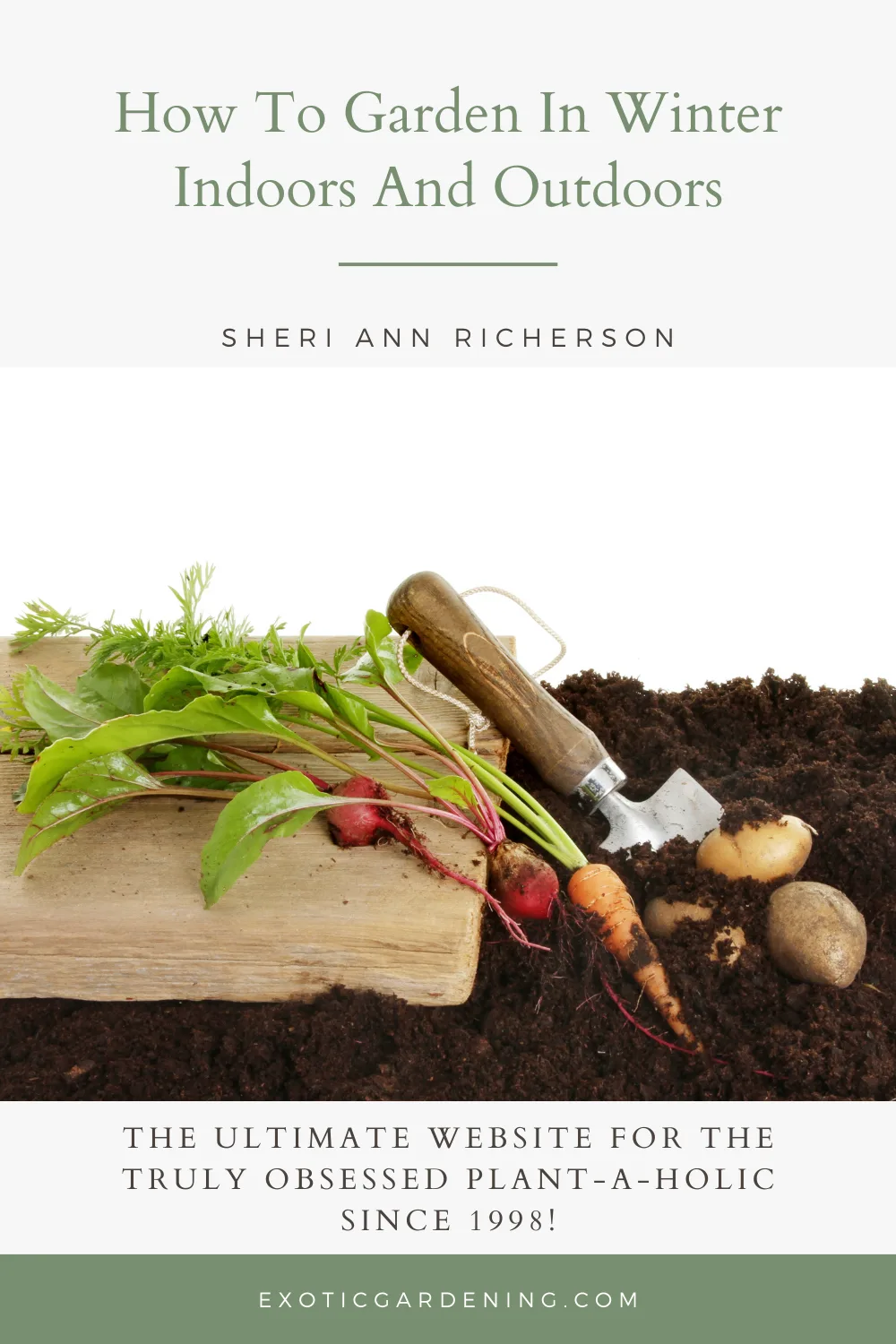
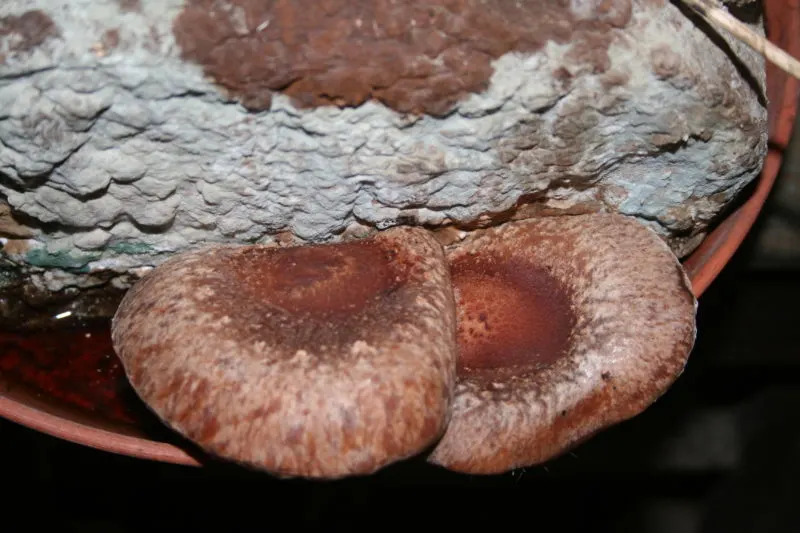
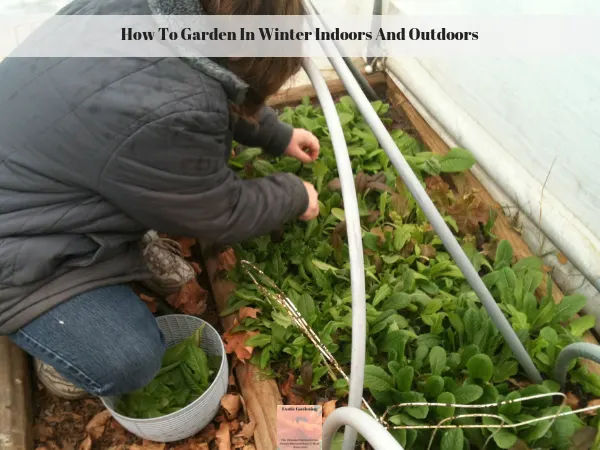
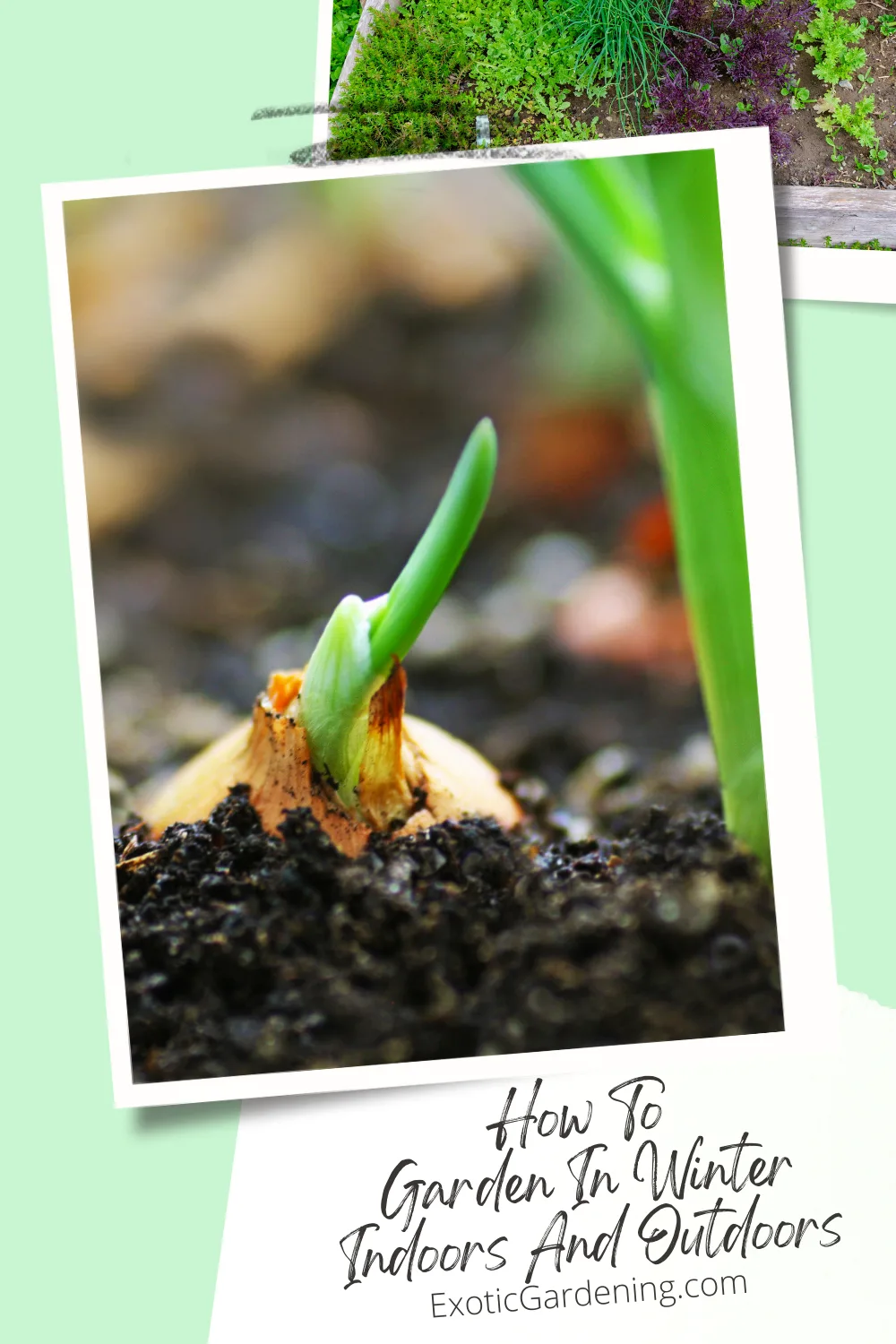
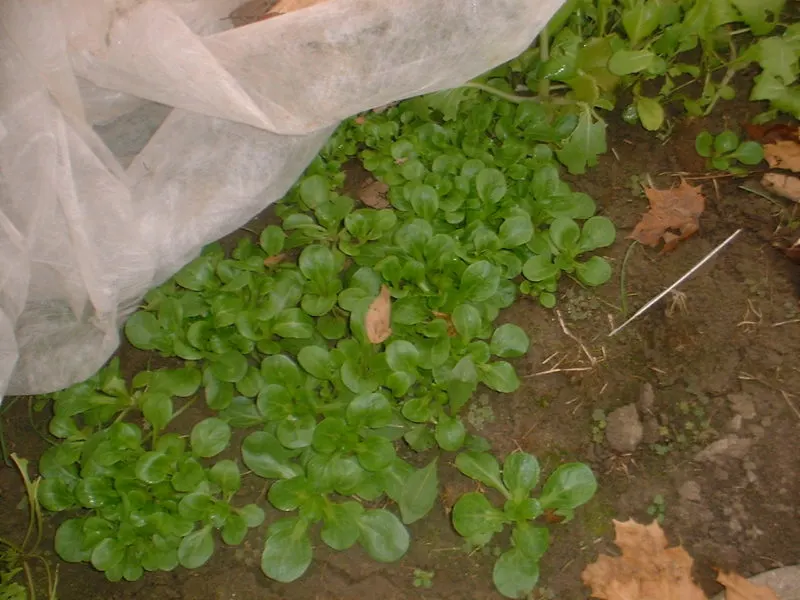
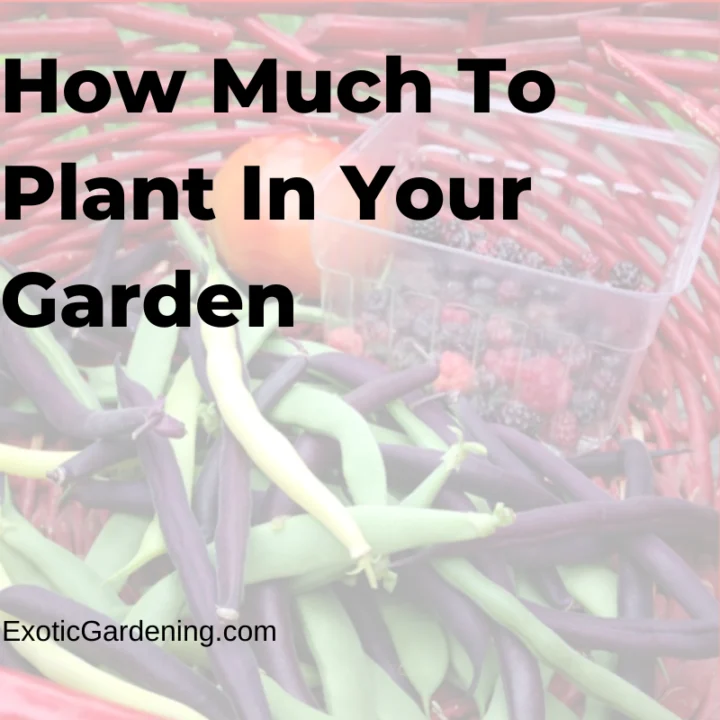
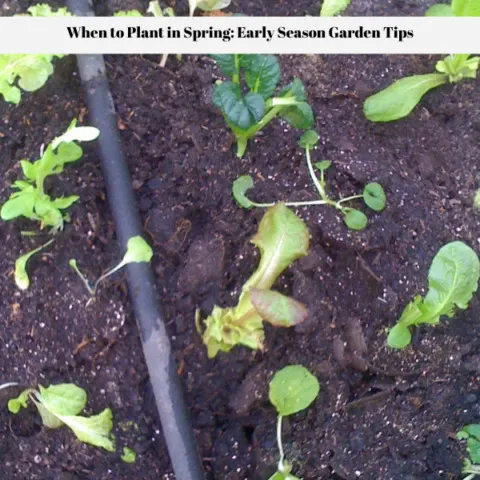
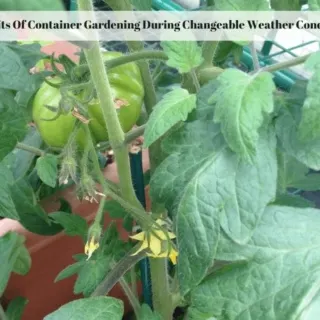
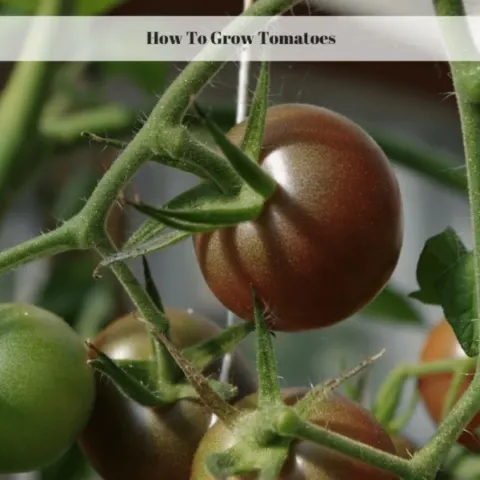

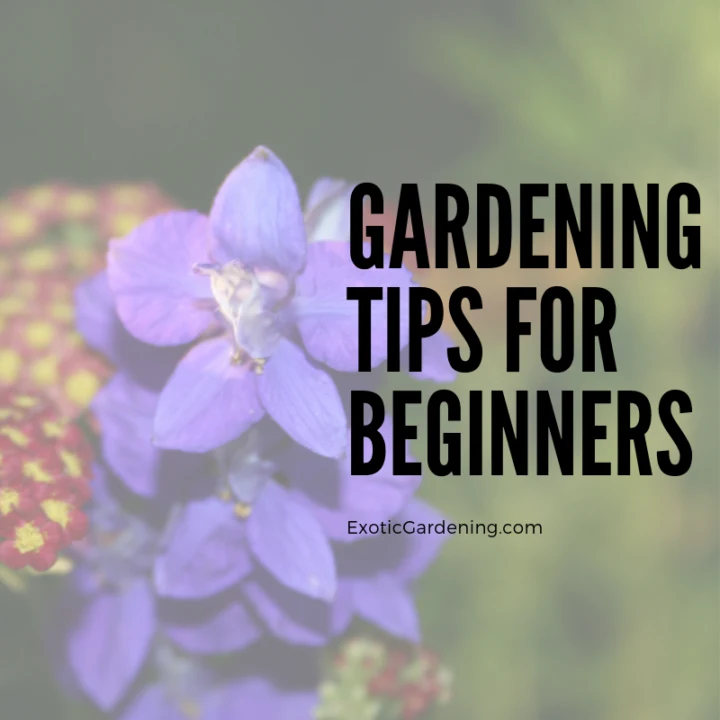
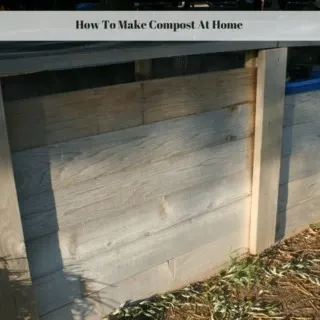
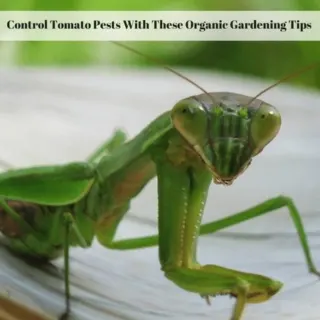
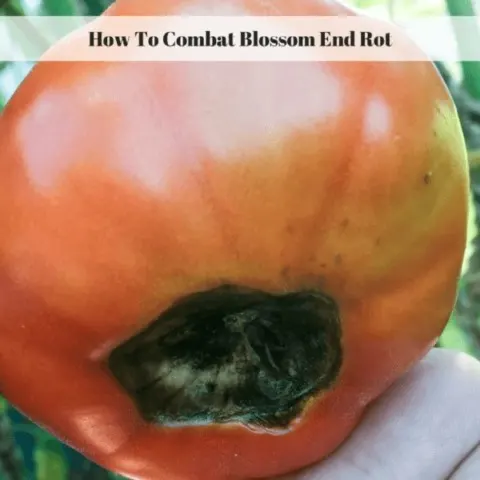
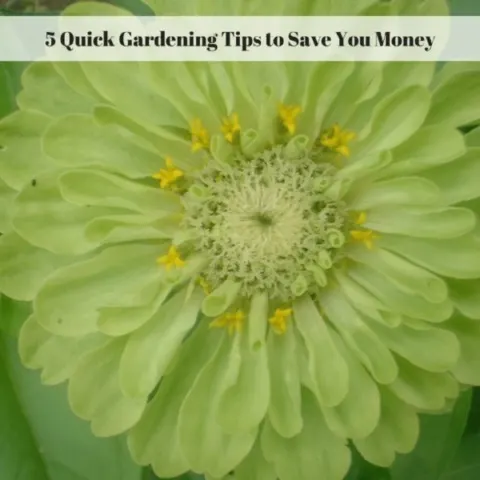
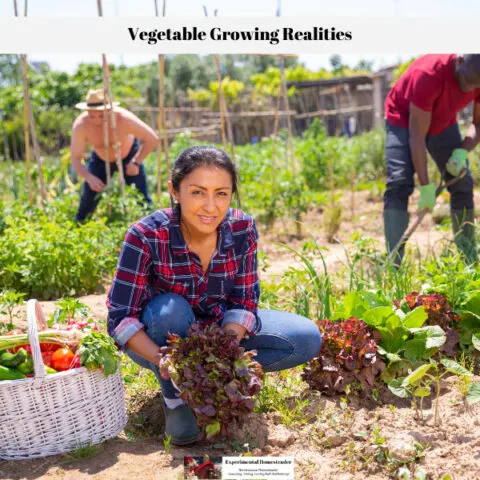
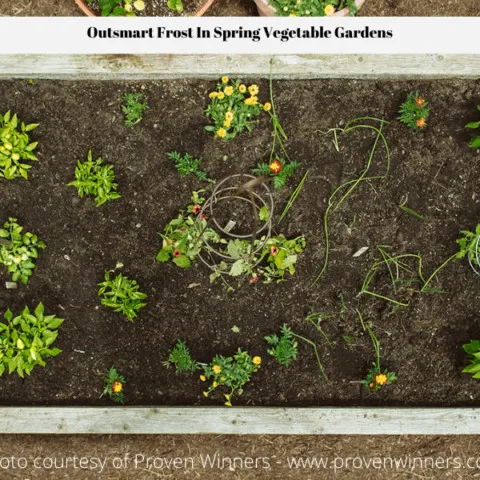
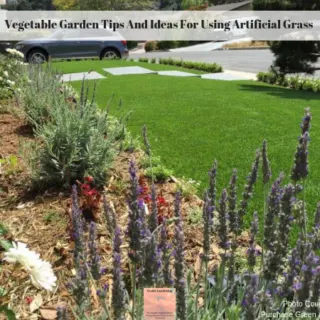
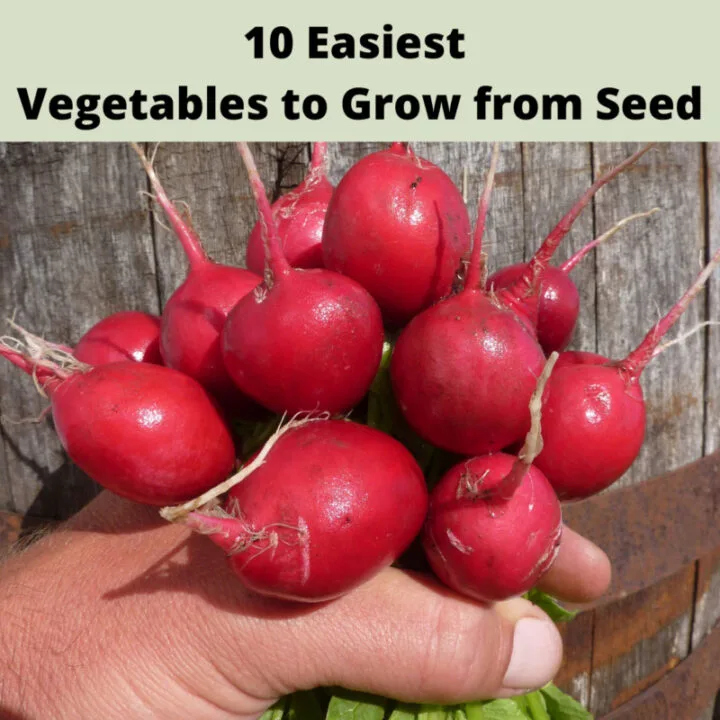
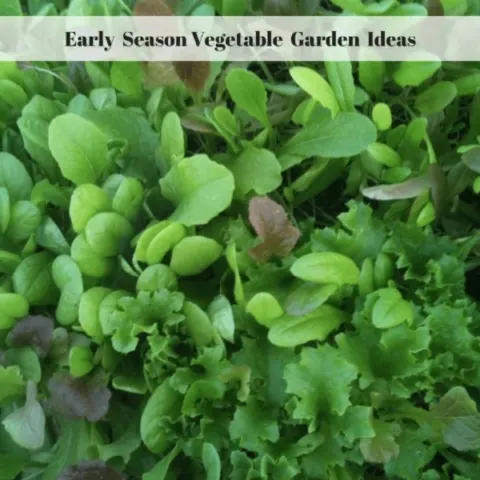
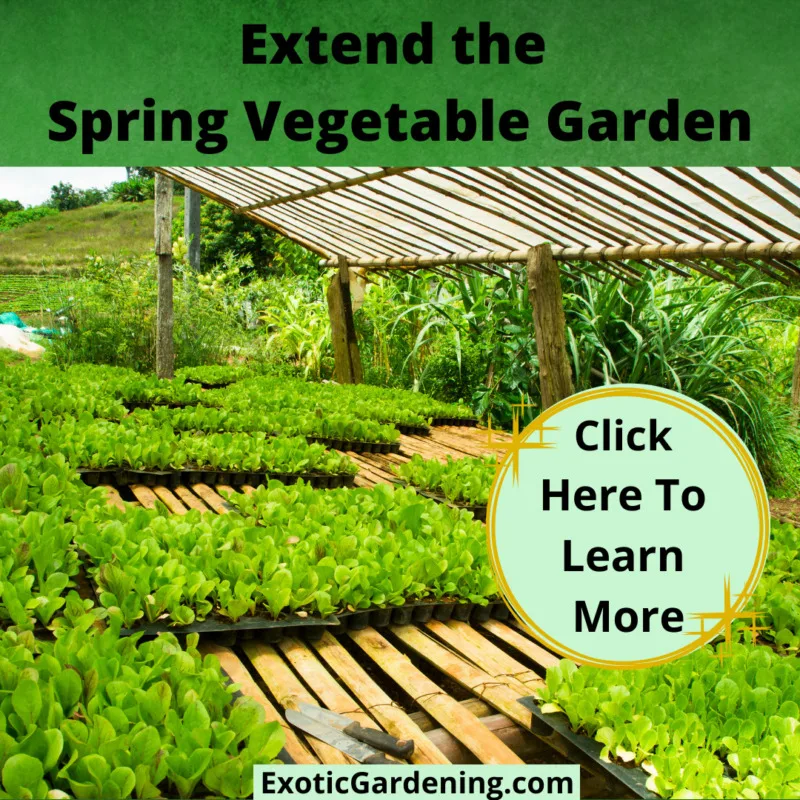
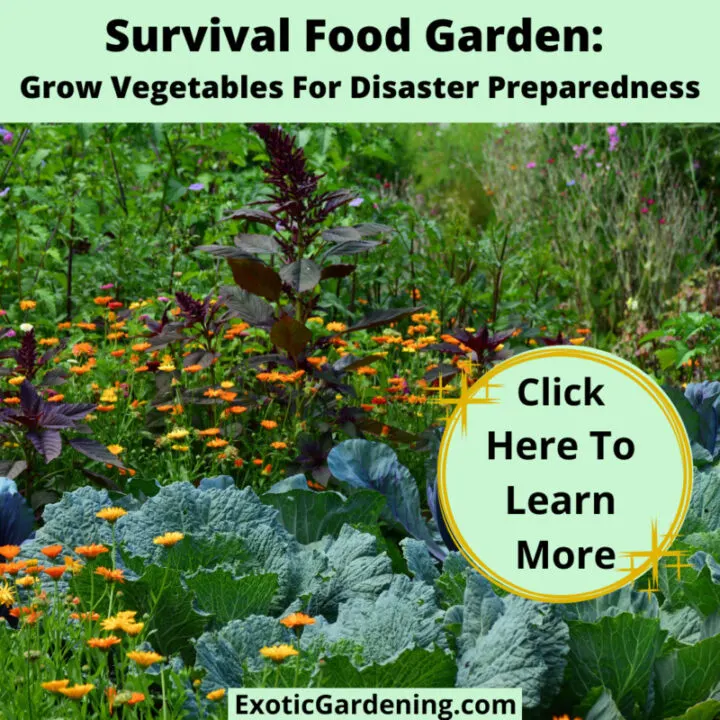
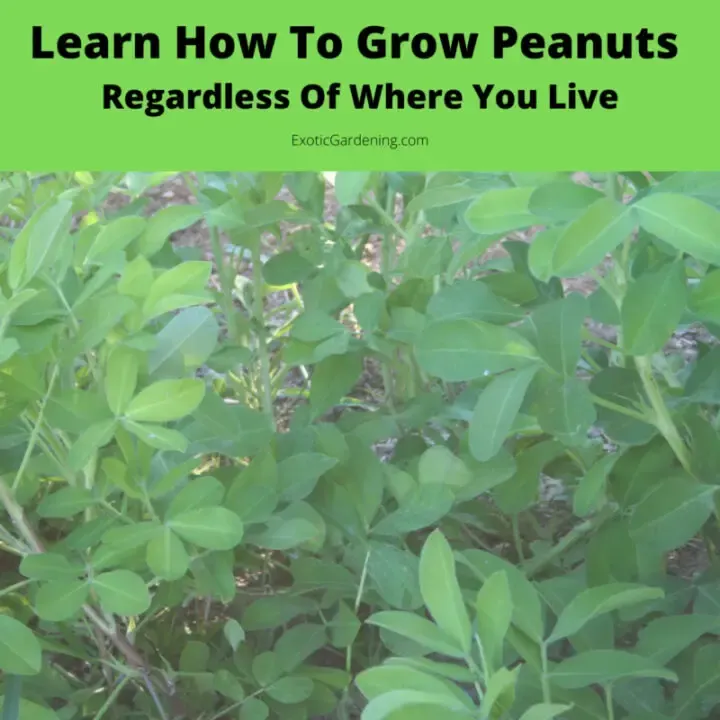
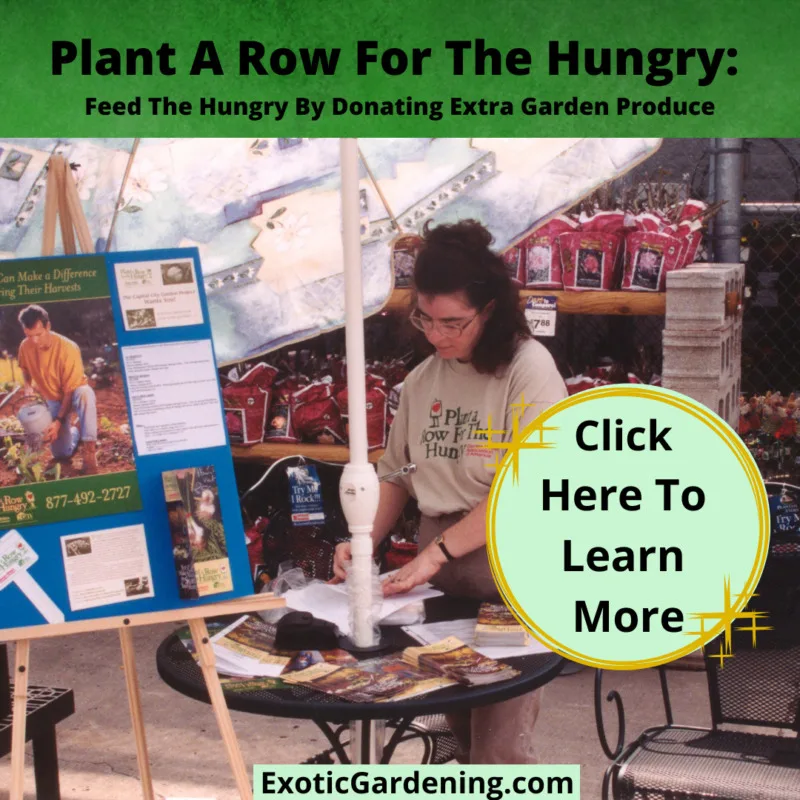
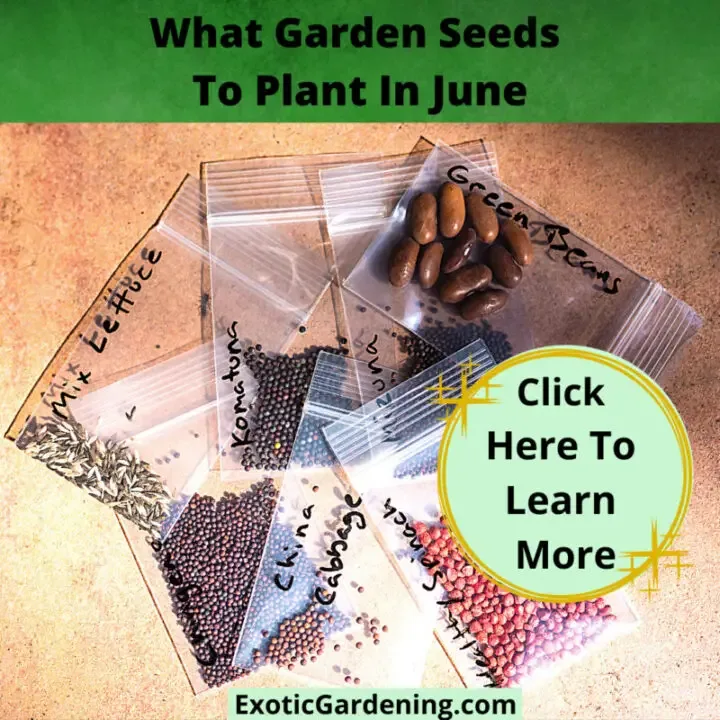


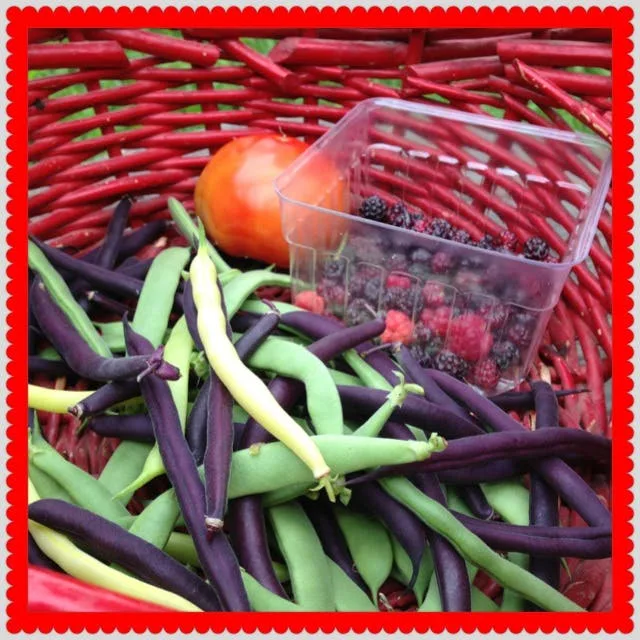
Cynthia Parker
Saturday 26th of January 2019
I am so glad I entered the Mega Giveaway! Naturally I hope I win, but if not I'm still happy; if I had not entered I would probably have never found this site, and it seems to fit perfectly with the kind of gardening I want to do.
Bargnhtress
Friday 25th of January 2019
All great tips.
Karen Q
Friday 25th of January 2019
Hello and thank you for your article. I'm retired and ready to learn more about using a greenhouse and gardening indoors. I know this site will be of value to me.
Christina Almond
Friday 25th of January 2019
Well...here in south Texas it is a bit easier to garden outdoors during the winter due to temperate climate but it can still freeze from time to time during the winter so we like to grow indoors in smaller amounts.
Tami Lewis
Monday 21st of January 2019
I just bought a greenhouse..thanks for the tips!!